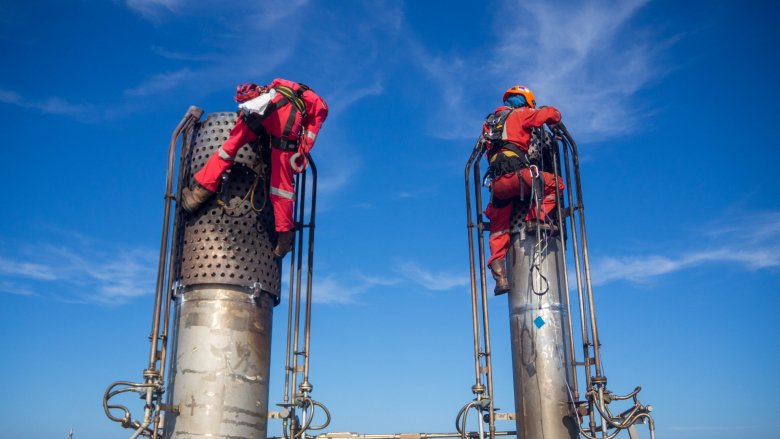Gas flaring is a direct source of methane emissions. Consequently, efforts to end routine flaring also eliminate the associated emissions of methane, which is a far more potent greenhouse gas than carbon dioxide: A kilogram of methane emitted into the atmosphere can trap more than 25 times more heat than a kilogram of emitted carbon dioxide.
Flaring reduction efforts also indirectly support methane reductions from other sources, such as venting and fugitive releases. Without an outlet to export or utilize the gas, any methane conserved from these sources will ultimately be sent to a flare, and while there may be an overall emissions reduction, methane is still released. As a result of these direct and indirect emissions, flaring is a significant source of methane emissions for many oil-producing companies.
In recent years, initiatives such as the World Bank-led Zero Routine Flaring by 2030 (ZRF) Initiative have helped raise awareness and contributed to governments and companies making firm commitments to end routine flaring. However, for the oil and gas industry to fulfill its obligations to reduce methane emissions, it is essential that major sources of methane emissions are accurately measured and technologies are deployed that enable reductions.
To support improved understanding and management of methane from flaring, the World Bank’s Global Gas Flaring Reduction Partnership (GGFR), the Methane Guiding Principles (MGP), and the Oil and Gas Climate Initiative (OGCI), have collaborated to launch a free-to-access, interactive toolkit that will help reduce methane emissions from flaring.
The toolkit guides the user through the options and decisions enabling operators to meet and exceed existing regulatory requirements. The toolkit documents the different technologies that address methane measurement from flaring and supports them through each of the key questions they need to consider when assessing methane from flaring. These include how to measure flare volumes and compositions accurately, identifying when a flare has a problem, and the various tools and techniques available for measuring combustion and destruction efficiency. Filters allow operators to short-list those technologies pertinent to their individual circumstances. Case studies, drawn from industry and academia showcase how technologies have been used and the impact that they can deliver.
